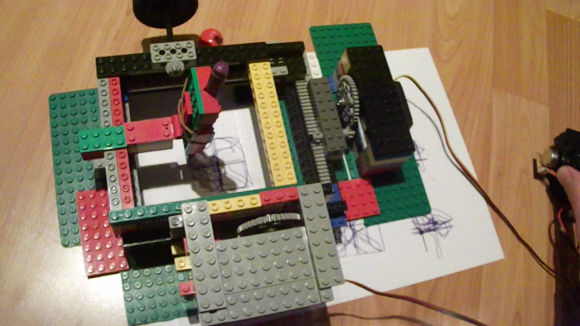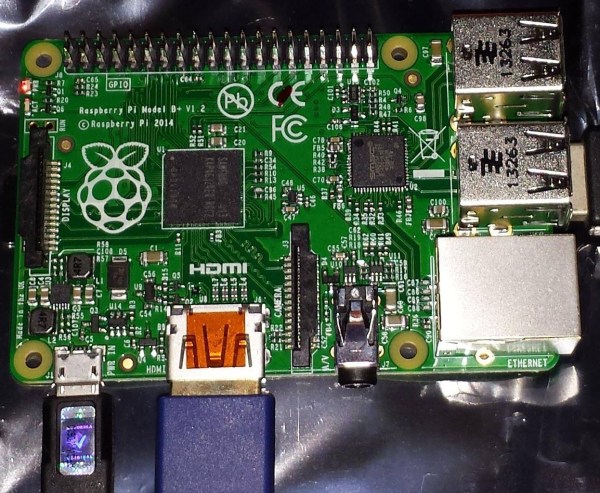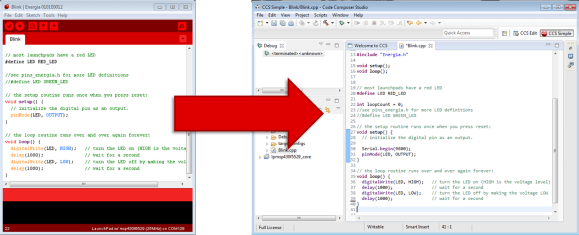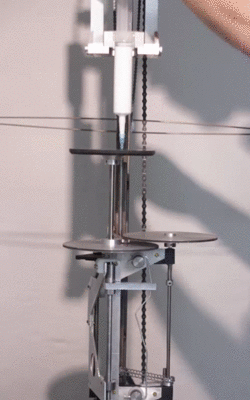
[John] is the parent of a diabetic child, and his efforts to expand the communication options for his son’s CGM (continuous glucose monitor) have grown into a larger movement: #wearenotwaiting.
After receiving a new monitor—a Dexcom G4—[John] set about decoding its communication protocols. The first steps were relatively simple, using a laptop to snag the data from the CGM and storing it on a Google doc which he could access as the day went along. The next step involved connecting the monitor and a cellphone for around-the-clock data gathering. [John] managed to develop an Android app to accomplish just that, and shortly after people began to take notice. Both [Howard Look], the CEO of Tidepool, and [Lane Desborough], engineer and father of a child with diabetes, have thrown in their support, leading to further developments such as Nightscout, an open source solution for storing CGM data in the cloud.
This project is a victory not only for those with diabetes, but also for the open source community. [John] admits his initial hesitation for developing for the medical device platform: litigation from a corporation could cause devastation for him and his family despite his intentions to merely improve his son’s and others’ quality of life. Those fears have mostly subsided, however, because the project now belongs to both no one and to everyone. It’s community-owned through an open source repository. Check out the overview of [John’s] work for more pictures and links to different parts of the #wearenotwaiting community.
















